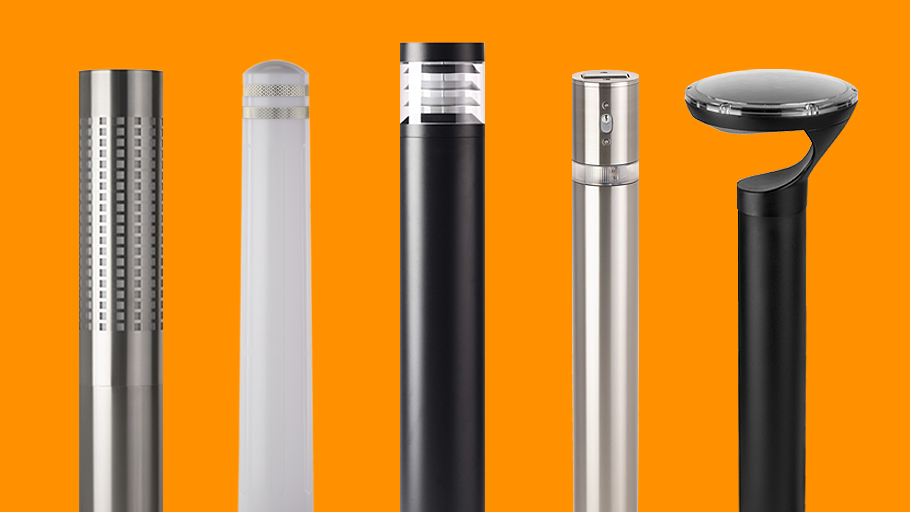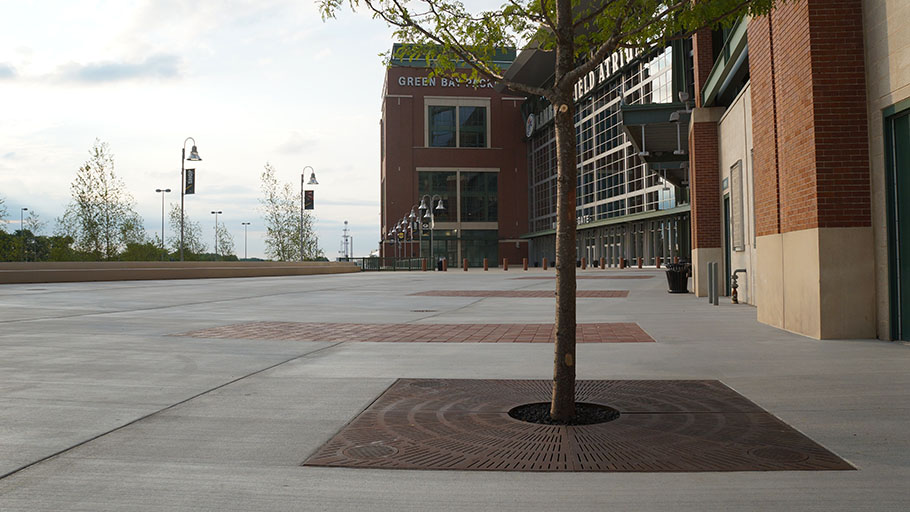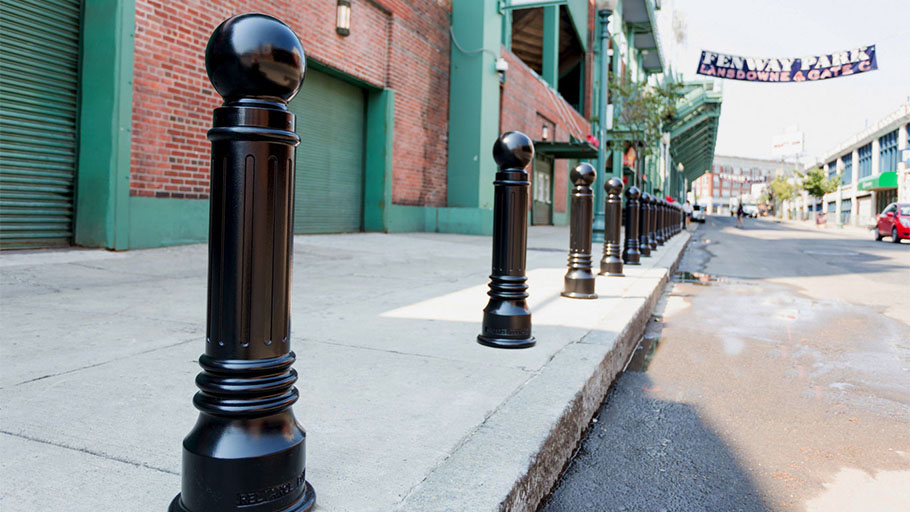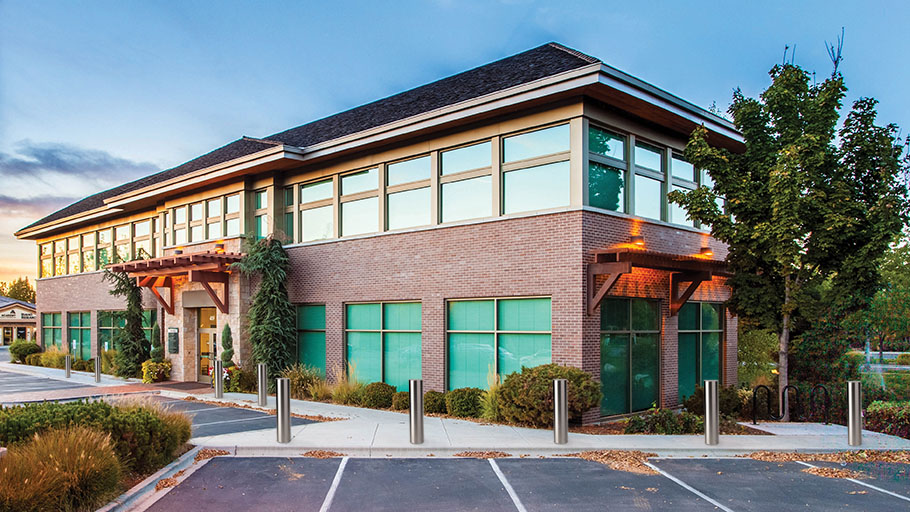How to Prevent Ram-Raids

In today’s landscape, where property crimes are on a steady rise, businesses and public facilities are increasingly confronted with a daunting and destructive threat—the ram-raid. This guide aims to shed light on the escalating issue of ram-raids, a form of burglary that has seen a worrying uptick in recent times. We will explore the mechanics of these attacks, underscored by real-world examples, to provide a clear picture of the current situation.
We’ll discuss the various strategies used to prevent these aggressive assaults, including the strategic implementation of crash-rated bollards, a proven and formidable line of defense. By delving into the nuances of security architecture and highlighting the role of well-designed, crash-rated bollards, this article aims to equip businesses with the knowledge and tools necessary to protect their premises. Whether you’re a small retailer or a large commercial entity, understanding and implementing these preventive measures is key to preventing ram-raids and safeguarding your assets.
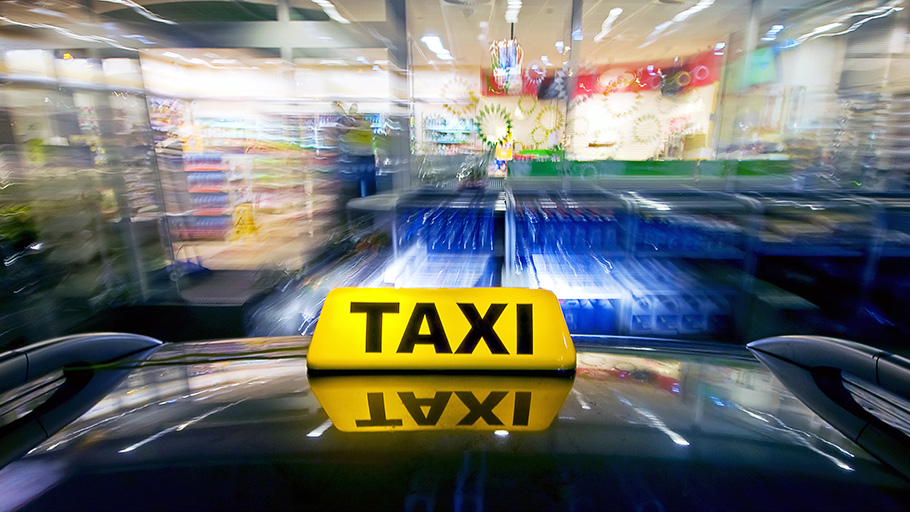
What is a Ram-Raid?
A ram-raid is a highly destructive form of burglary where a vehicle is used as a battering ram to forcefully breach the exterior of a building. This method is primarily employed for high-value thefts and is notorious for its boldness, speed, and the significant structural damage it inflicts on infrastructure.
Ram-raids are executed with a surprising swiftness that often leaves little time for law enforcement to respond. The perpetrators typically target storefronts, warehouses, banks, and other locations where high-value items are stored or displayed. These could include electronics stores, jewelry shops, and even banks or ATMs, where the vehicle is used to smash through protective barriers to access cash or valuable goods.
The choice of vehicle used for a ram-raid is strategic; often, stolen vehicles are used to carry out these crimes, with a preference for models that are powerful enough to break through physical barriers but common enough to not attract immediate attention. The aftermath of a ram-raid is usually a scene of chaos, with significant property damage extending beyond the immediate point of entry, affecting the structural integrity of the building and the safety of its occupants.

Recent Examples of Ram-Raids
2023 has seen a disturbing escalation in ram-raid incidents, which has extended beyond commercial enterprises to include public figures and government facilities. These attacks have not only resulted in substantial property damage but have also raised serious concerns about the theft of sensitive data and the safety of individuals in the public eye.
A notable incident occurred in July in Paris, where rioters executed a brazen attack on the home of Mayor Vincent Jeanbrun. Utilizing a vehicle as a battering ram, the assailants attempted to breach the residence, but were stopped by a low wall. This, however, did not end the attack, as the assailants then set the vehicle on fire and shot fireworks at the mayor’s wife and children. This is a chilling reminder of the vulnerability of public figures, particularly during times of civil unrest.
In a separate incident, the city of Christchurch witnessed a large-scale ram-raid on a vape shop, resulting in significant financial losses and a heightened sense of vulnerability among the business community. This attack not only underscores the direct financial implications of such crimes but also highlights the broader impact on the sense of security within the commercial sector. It brings to the forefront the necessity for businesses, regardless of size or industry, to adopt comprehensive security measures.
These recent examples of ram-raids illustrate the pervasive nature of this threat. They underscore the imperative for a multi-faceted approach to security, combining physical barriers, technological surveillance, and rapid response strategies, to effectively combat this growing menace. Whether it’s protecting the personal safety of public figures or safeguarding the assets and data of businesses, the need for heightened security measures in the face of these evolving threats has never been more pressing.
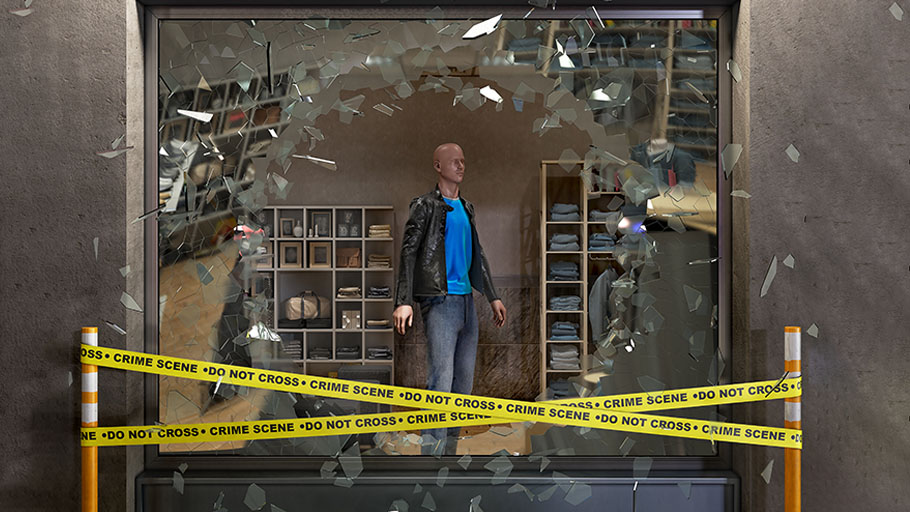
Impact on Business
Ram-raids present a multifaceted threat to businesses, with impacts that extend far beyond the immediate physical damage. These incidents result in a cascade of consequences that can be detrimental to the long-term health and stability of a business.
Directly, the most visible impact of a ram-raid is the loss of merchandise, often involving high-value items, which can represent a significant financial setback. Additionally, the physical damage to the premises often requires costly repairs and renovations. These expenses are not just limited to the structural repairs but can also include the replacement of security systems and storefront aesthetics, which are crucial for maintaining a business’s public image.
However, the indirect impacts of ram-raids can be even more debilitating for businesses. One of the most immediate effects is operational disruption. Following a ram-raid, businesses may need to cease operations temporarily to manage repairs and restock, leading to lost sales and revenue. This downtime not only affects the business’s bottom line but can also disrupt the supply chain and affect relationships with partners and suppliers.
Moreover, in the aftermath of such an incident, businesses often find themselves facing escalated security expenses. Investing in enhanced security measures such as reinforced barriers, advanced surveillance systems, and alarm systems becomes imperative to prevent future incidents, adding to the financial strain.
Another significant indirect impact is the potential increase in insurance premiums. Insurance companies may raise rates following a ram-raid, reflecting the heightened risk profile of the business. This increase in operational costs can be substantial and ongoing, affecting the business’s profitability.
Perhaps the most profound and lasting impact of ram-raids is the psychological toll they take on employees and customers. Such violent breaches of security can create an atmosphere of fear and anxiety, affecting employee morale and productivity. For customers, the perception of a business as a target for crime can severely damage the business’s reputation and erode customer confidence and loyalty.
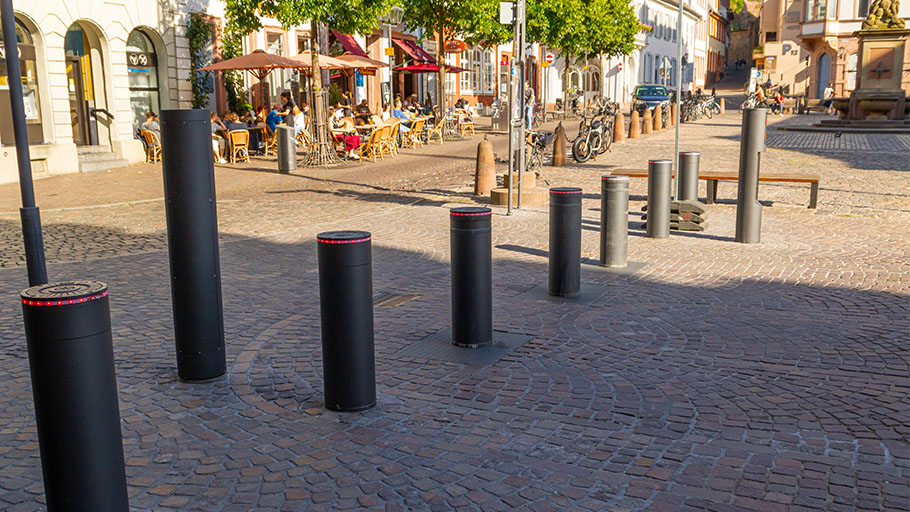
Prevention Strategies
Understanding the methodology of ram-raids is key to developing effective countermeasures. Businesses and property owners in high-risk areas have adopted various strategies to prevent ram-raids, such as installing heavy-duty physical barriers like bollards and reinforced gates, implementing advanced alarm systems, and employing 24-hour surveillance to deter criminals. These measures aim not only to prevent the act but also to minimize the potential damage should an attempt occur.
In recent years, the phenomenon of ram-raids has evolved, with criminals employing more sophisticated methods and targeting a wider range of properties. This evolution requires continuous assessment and adaptation of security measures to effectively counter this aggressive form of burglary.
Crash-Rated Bollards: These are the cornerstone of physical defense against ram-raids. Crash-rated bollards are specifically designed to withstand high-impact collisions from vehicles, making them an effective deterrent against ram-raids. Their robust construction ensures that even a high-speed vehicle cannot easily penetrate the protected perimeter. By strategically placing these bollards at vulnerable points, businesses can significantly enhance their frontline defense against such attacks.
Reinforced Windows and Doors: Strengthening the entry points is another critical aspect of ram-raid prevention. Upgrading to reinforced windows and doors, which may include the use of impact-resistant glass and heavy-duty frames, adds an additional layer of security. These reinforced barriers are not only more resistant to brute force attacks but also serve as a visual deterrent to potential criminals, signaling that the premises are well-protected.
Surveillance Systems: The installation of advanced CCTV systems plays a dual role in ram-raid prevention. Firstly, the presence of cameras acts as a deterrent, as criminals are less likely to target a property under surveillance. Secondly, in the event of a ram-raid, these systems provide valuable footage that can aid in identifying the perpetrators and assist law enforcement in their investigations.
Alarm Systems: Responsive alarm systems, especially those monitored by external security services, are essential for immediate action during a break-in. These systems can alert security personnel and law enforcement the moment an intrusion is detected, enabling a rapid response that can prevent or minimize damage and loss.
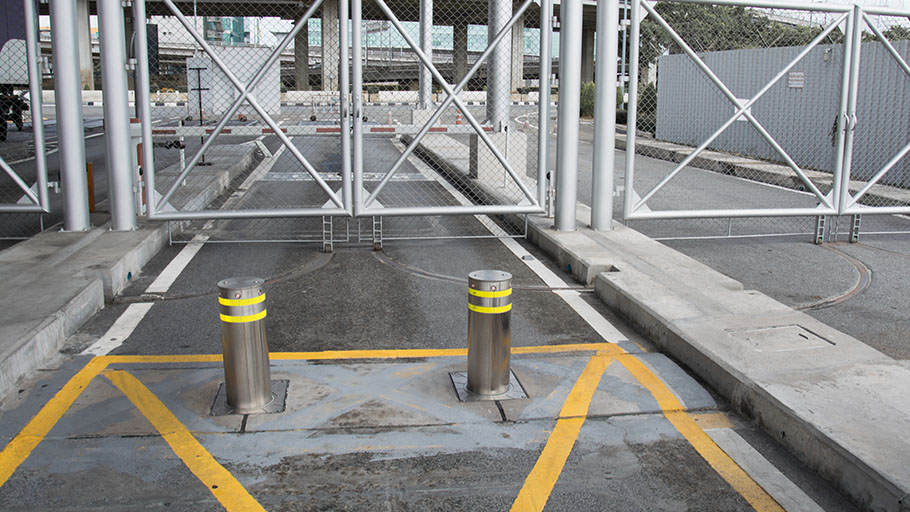
Physical Layout and Barrier Planning
Thoughtful design and layout of the physical environment can play a significant role in ram-raid prevention. This includes the strategic placement of barriers, such as planters, benches, or other architectural elements, which can restrict vehicle access to sensitive areas. Additionally, the layout of parking areas, driveways, and pedestrian zones can be designed to make it difficult for vehicles to gain the speed and access needed to execute a ram-raid effectively.
By implementing these strategies, businesses can create a comprehensive defense system against ram-raids. Each element complements the others, resulting in a fortified and resilient security posture. The goal is not only to prevent ram-raids from occurring but also to ensure that, in the event of an attempt, the impact on the business is minimized, and the perpetrators are swiftly apprehended.
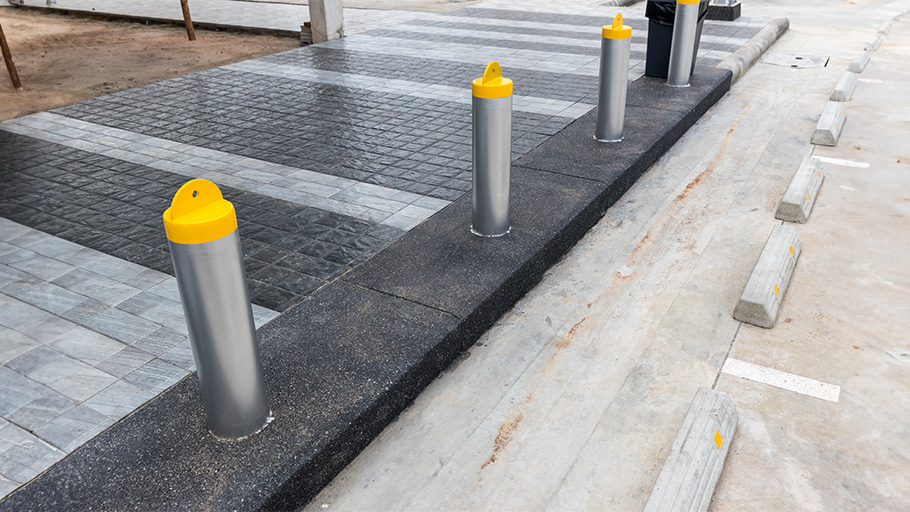
Addressing the threat of ram-raids requires a holistic approach to security. While crash-rated bollards are pivotal, integrating physical reinforcements, surveillance, and strategic layout creates a robust defense system. By embracing these measures, businesses can significantly diminish their vulnerability to ram-raids, thereby protecting their assets, employees, and customers.
Confronting the challenge of ram-raids demands a comprehensive and multi-faceted security strategy. It’s not enough to rely on a single line of defense; instead, a combination of physical, technological, and strategic measures is essential to create a robust and resilient security system.
By embracing this holistic approach to security, businesses can substantially reduce their vulnerability to ram-raids. This strategy not only protects physical assets but also safeguards employees and clientele, contributing to a secure and confident business environment. In doing so, businesses not only defend themselves against immediate threats but also reinforce their reputation as secure and responsible establishments, ultimately fostering a safer community for everyone.

